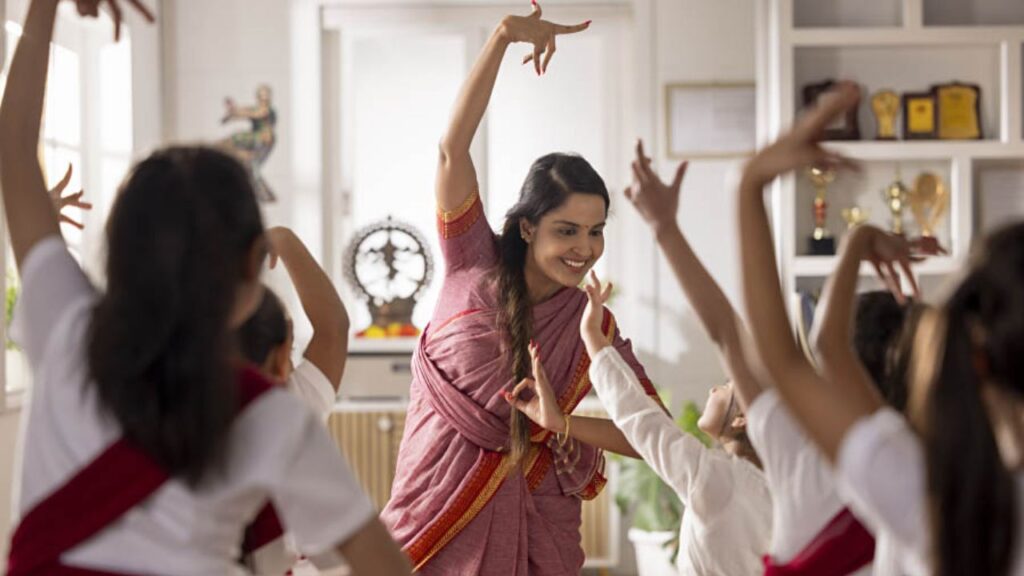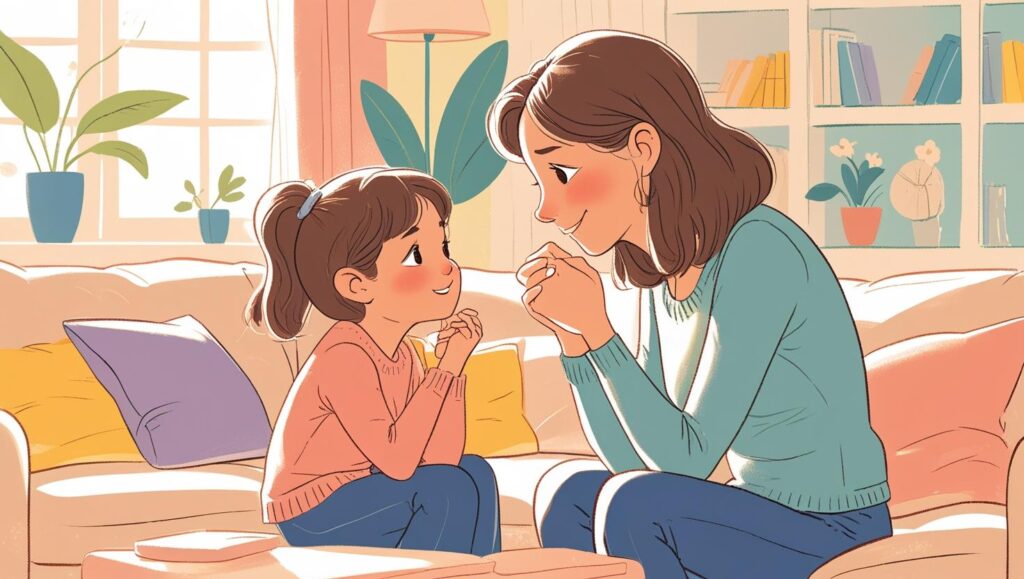Early childhood is a magical period of growth and development. It’s when children absorb the world around them like sponges, forming the foundation for their emotional, social, and cognitive well-being. In this critical phase, educational experiences must go beyond alphabets and numbers. This is where music, dance, and art play a vital role.
At Bliss Age – Pre School, we believe that a holistic learning environment involves nurturing creativity as much as literacy. Integrating music, dance, and art into early childhood education not only makes learning joyful but also deeply meaningful and impactful. Let’s explore how and why these creative disciplines matter so much in shaping young minds.
🎵 1. Music: More Than Just a Tune
a. Language Development
Music helps young children develop language and communication skills. Singing nursery rhymes, rhythmic clapping, or simple musical games introduces kids to new words, sounds, and sentence patterns. Studies show that children who are regularly exposed to music have improved vocabulary and better phonological awareness—an essential skill for learning to read.
b. Memory and Concentration
Music enhances memory retention and concentration. Children can easily recall lyrics and melodies, which improves their auditory memory. Simple songs can teach numbers, days of the week, colors, and even manners—all in a fun and engaging way.
c. Emotional Expression
Music allows children to express their feelings. A cheerful tune can lift moods, while a calm lullaby can soothe anxiety. Giving children access to various musical instruments or group singing sessions fosters emotional development and helps them understand empathy, patience, and teamwork.
💃 2. Dance: Movement with Meaning
a. Physical Development
Dance supports physical coordination, balance, and motor skills. Whether it’s simple finger movements to a song or full-body movement during a dance routine, children develop better body awareness and control. This lays the groundwork for writing, sports, and everyday tasks like tying shoelaces or using cutlery.
b. Confidence and Self-Esteem
When children perform or dance in front of peers, even in a casual setting, they develop a sense of achievement. Encouragement from teachers and applause from classmates boost their confidence. This builds self-esteem and nurtures a “can-do” attitude from an early age.
c. Social Interaction
Dance often involves group activity, where children must follow cues, take turns, and respect each other’s space. These experiences cultivate essential social skills, including cooperation, listening, and empathy—all key aspects of early childhood development.
🎨 3. Art: A Window into a Child’s Inner World
a. Creativity and Imagination
When a child picks up a crayon, paintbrush, or modeling clay, they enter a world of imagination. Art gives children the freedom to experiment, innovate, and create without fear of right or wrong. It encourages open-ended thinking, which is critical for problem-solving and innovation later in life.
b. Fine Motor Skills
Drawing, cutting, pasting, and painting refine fine motor skills. These small muscle movements support tasks such as writing, buttoning, or using tools. Regular engagement in art activities strengthens hand-eye coordination and muscle control.
c. Emotional and Cognitive Growth
Art enables self-expression, helping children process their thoughts and feelings. It can be especially therapeutic for children who are shy or have difficulty expressing themselves through words. Moreover, analyzing their own artwork or that of others fosters cognitive abilities like observation, interpretation, and decision-making.
🎯 4. The Holistic Benefits of the Arts
a. Multi-Sensory Learning
Music, dance, and art stimulate multiple senses—touch, sound, movement, and sight. This multisensory engagement boosts memory retention and deepens understanding. For instance, a child learning about rain might draw clouds, sing a rain song, and mimic the movement of falling raindrops—all of which reinforces the concept in a fun, layered way.
b. Cultural Awareness
Creative arts expose children to diverse cultures and traditions. At Bliss Age, we often use festivals and cultural events as opportunities to explore folk music, traditional dance, and native art forms. This instills a sense of respect, curiosity, and appreciation for the world around them.
c. Reduced Screen Time
In today’s tech-dominated world, creative activities offer a refreshing alternative to screens. Engaging in art, music, and movement encourages real-world interaction, reduces digital dependence, and promotes healthier habits.
🏫 How Bliss Age Integrates Music, Dance, and Art
At Bliss Age – Pre School, these creative expressions are seamlessly woven into our daily curriculum:
- Daily Music Time: Children begin and end their day with singing sessions and musical games.
- Thematic Dance Sessions: Each month, we explore a new theme (like seasons, animals, or family), incorporating relevant songs and movements.
- Art Corners and Projects: Our classrooms feature dedicated art corners where children can freely explore materials. We also conduct guided art projects related to what they’re learning in class.
- Annual Performances and Exhibitions: Parents are invited to watch their little stars perform and showcase their art—creating a supportive, celebratory environment for children’s achievements.
👨👩👧 Tips for Parents to Encourage Arts at Home
- Create a Mini Art Station with papers, colors, and safe materials.
- Sing Songs Together during car rides, bath time, or bedtime.
- Host Dance Breaks during the day to energize or calm your child.
- Appreciate Their Art without judgment—focus on the effort, not perfection.
- Join the Fun—when children see you dancing, painting, or singing, they feel encouraged to do the same.
✨ Conclusion
Incorporating music, dance, and art into early education is not just about fun—it’s about building strong, expressive, well-rounded individuals. These forms of creative expression open up avenues for emotional release, social bonding, motor development, and cognitive growth.
At Bliss Age – Pre School, we are committed to providing a nurturing space where creativity blossoms alongside academics. Because when children are free to move, create, and sing—they are free to thrive.




